Abstract
We used data from a convenience sample of 410 Midwestern United States students from six secondary schools to develop parsimonious models for explaining and predicting precautions and illness related to influenza. Scores for knowledge and perceptions were obtained using two-parameter Item Response Theory (IRT) models. Relationships between outcome variables and predictors were verified using Pearson and Spearman correlations, and nested [student within school] fixed effects multinomial logistic regression models were specified from these using Akaike’s Information Criterion (AIC). Neural network models were then formulated as classifiers using 10-fold cross validation to predict precautions and illness. Perceived barriers against taking precautions lowered compliance with the CDC recommended preventative practices of vaccination, hand washing quality, and respiratory etiquette. Perceived complications from influenza illness improved social distancing. Knowledge of the influenza illness was a significant predictor for hand washing frequency and respiratory etiquette. Ethnicity and gender had varying effects on precautions and illness severity, as did school-level effects: enrollment size, proficiency on the state’s biology end-of-course examination, and use of free or reduced lunch. Neural networks were able to predict illness, hand hygiene, and respiratory etiquette with moderate success. Models presented may prove useful for future development of strategies aimed at mitigation of influenza in high school youths. As more data becomes available, health professionals and educators will have the opportunity to test and refine these models.
License
This is an open access article distributed under the Creative Commons Attribution License which permits unrestricted use, distribution, and reproduction in any medium, provided the original work is properly cited.
Article Type: Research Article
European Journal of Health and Biology Education, Volume 1, Issue 1, July 2012, 75-115
https://doi.org/10.20897/lectito.201205
Publication date: 15 Jul 2012
Article Views: 1262
Article Downloads: 472
Open Access References How to cite this article
 Full Text (PDF)
Full Text (PDF)